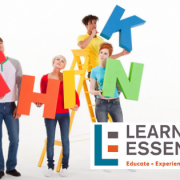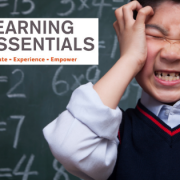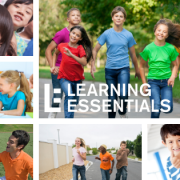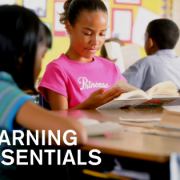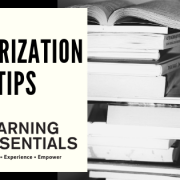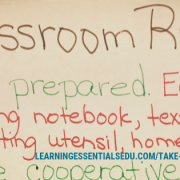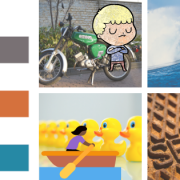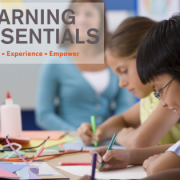Visualization as a Cognitive Tool Pt. II
As previously discussed in part one, visual prompts, tools, and strategies can help learners who may struggle with linguistic presentations. Whether attentive issues, behavioral struggles, or deficits in auditory processing are the obstacle, visualization methods can assist with students whose needs vary in and out of the classroom.
Reading/Writing/Literacy
- Use visuals to provide context for vocabulary terms. Teachers can boost memory and recall by pairing terms with images that explain or represent the definition. For example, science teachers may want to accompany terms for the parts of a flower with a diagram that depicts each part. They could use photos or time lapse videos to demonstrate how organic matter decays or decomposes. In history or world studies, students can benefit from seeing locations, countries, and landmarks that they are studying so that they have a better grasp of its importance. Instead of simply discussing Tanzania, teachers will want to show Tanzania on a map so that students can conceptualize its location with background knowledge of the surrounding areas.
- For practices involving phonics and fluency, obviously pronouncing new words for students to chime back is beneficial to start. However, when working independently to decode, students may find that visual cue cards for prefixes/suffixes are more helpful for their visual approach to reading. For example, struggling decoders might find it helpful to see how words are segmented or broken down into parts and then physically put them back together like a puzzle. Visually speaking, words like “cub” versus “cube” could be confusing to beginning readers or English language learners. Teachers should provide opportunities to use letter cards or scrabble pieces to match “cub” with the photo of a baby bear; then add the “e” to match the word with an image of an ice cube. The physical manipulatives, combined with the images, help young readers visualize the proper spelling while also solidifying pronunciation and definitions.
- Similarly, teachers and parents can help beginning readers by incorporating visual aids into sight words. As a memorization tool, basic flashcards only go so far. Instead, think about how the letters of the word could be constructed or decorated with images that relate to the word’s meaning. For example, the sight word “look” could be spelled using googly eyes for the double “o” to demonstrate someone looking at something. Perhaps the word “play” could incorporate athletic equipment to form the letters, with “p” resembling a basketball, “L” formed by a hockey stick, and “y” in the shape of a tennis racket.
Additional Concepts
- If content involves a process or step-by-step explanation, consider using flow charts, mind maps, or other visual diagrams to help students conceptualize the process. For differentiation, teachers may ask advanced students to create their own flow chart using their text or class notes, while struggling students may use a word bank/concept bank to complete a fill-in-the-blank flow chart. Either way, the objective is the same; students are demonstrating knowledge of a specific process by constructing a visual/diagram.
- For essays, written responses, and notetaking, teachers should instruct and encourage students to utilize graphic organizers to visually compose comprehensive outlines of their drafts. In spider diagrams, the main idea of the written response is the spider’s body, while the legs connect to supporting details, quotes, and examples, which helps students visually compose a well-supported argument or claim as a prewriting activity.
Besides standard images or symbols to help students, teachers can expand upon the idea of visuals to include videos, films/documentaries, art, graphic novel excerpts, artifacts, and video games. The more engagement and connections to prior knowledge that visuals can offer, the stronger the learning experience will be.
